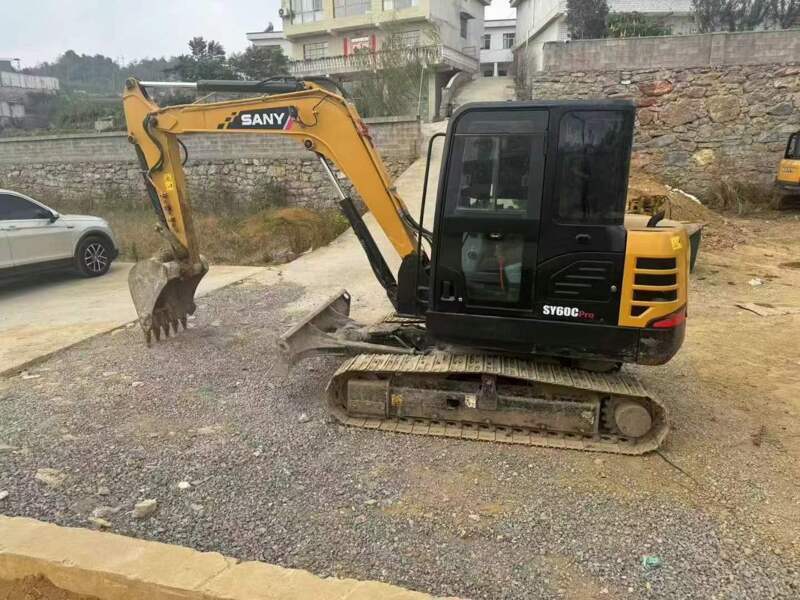What are the fuel-efficient operations in excavator work
Those who operate excavators know that besides maintenance and upkeep, the main cost of daily work is burning oil. Do you feel a slight heartache every time you refuel the machine? Since refueling is unavoidable, we need to put effort into saving fuel. Today, we have some hard dishes to provide you with some fuel saving techniques for excavator operation.
Before sharing, imagine yourself as an excavator. A fuel-efficient excavator is equivalent to working with less effort, so that you can experience the truth firsthand.
Firstly, if conditions permit, the excavator should be positioned as high as possible during loading, and the truck should be parked at a height similar to the working surface;
The reason is simple. Do you use the same force to lift a stone to your knees as it does to your head? How much effort can be saved specifically? If the height remains the same as before, it can increase homework efficiency by 40%. Cool!
The second point is that when the bucket cylinder and connecting rod, as well as the head rod cylinder and head rod, are all at a 90 ° angle, each cylinder exerts the maximum force to push the excavator.
The third point is to excavate the natural ground by keeping the floor angle of the bucket or bulldozer at around 30 ° and retracting the bucket rod. When the boom is close to vertical, the boom has the maximum force and can carry more load.
These two points are like bending your arms to lift things to save energy, or keeping your arms straight, of course, bending them.
The fourth point is that at the beginning of excavation, do not extend the boom to its maximum range of action. The best effect is achieved from around 80%. When the maximum range of action of the boom is reached, the digging force of the boom is minimized, making excavation difficult. Novices should pay more attention to this point.
The angle between the big and small arms is 80 degrees
The fifth point is the excavation range of the boom: the angle of the boom from the far side 45 ° to the inside side 30 °.

There may be slight differences due to excavation depth, but the operation of the boom and bucket should generally be within this range, and should not be operated up to the end of the cylinder stroke.
The sixth point is that during continuous excavation, the chassis should be placed in the forward direction and can immediately move after the excavation is completed. If you want to leave, change it again, and you will have to burn a lot of oil after starting.
The seventh point When digging trenches, first excavate the sides of the trench, and then excavate the middle part. This way, digging in the middle can save a lot of trouble and effort.
used excavator digging trenches
Eighth point, place the engine throttle in the economy gear position. Select the automatic idle function and let the engine idle during excavation.
The ninth point is to minimize the turning radius as much as possible.
The tenth point is that the smaller the depth of excavation, the better the economic type of excavation, and it is recommended to use segmented excavation as much as possible.
It is divided into three layers of excavation: upper, middle, and lower. If one excavates from low to top, firstly, the range of action increases, and secondly, the power of the excavator decreases due to the increase in range, reducing work efficiency, which requires a lot of oil.
These fuel saving tips may not even be noticed by experienced operators, but as long as you can develop good operating habits and accumulate them over time, you can indeed save considerable fuel costs.


